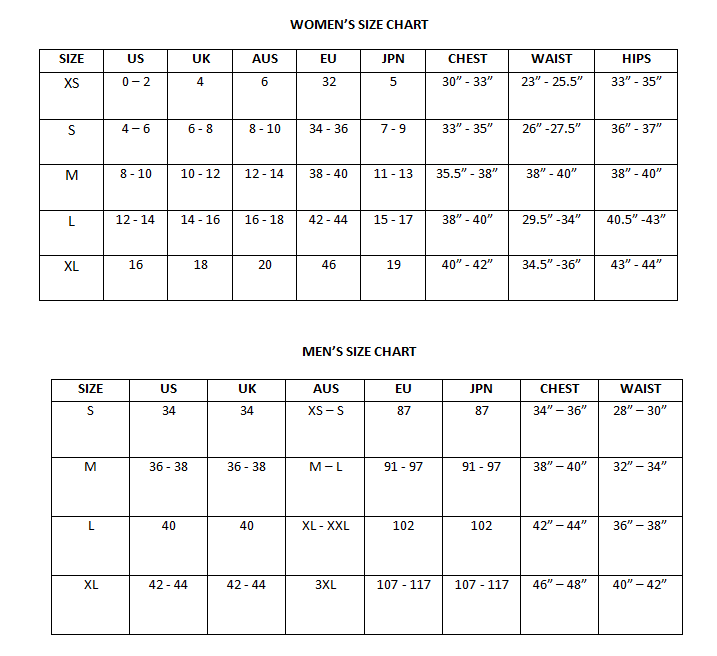FREE SHIPPING
Free shipping on all US order or order above $200

All orders shipped with UPS Express.
Always free shipping for orders over US $250.
All orders are shipped with a UPS tracking number.
Items returned within 14 days of their original shipment date in same as new condition will be eligible for a full refund or store credit.
Refunds will be charged back to the original form of payment used for purchase.
Customer is responsible for shipping charges when making returns and shipping/handling fees of original purchase is non-refundable.
All sale items are final purchases.
Give us a shout if you have any other questions and/or concerns.
Email: [email protected]
Phone: +1 (23) 456 789
| Common name | Canary Island Date Palm |
|---|---|
| Species | Phoenix canariensis |
| Germination | Place the Phoenix Canariensis seeds in a sterile medium which is only barely moist but never too wet. Just to be sure you can use a 1 pint measure (about 550 ml) of vermiculite, moistened with 30 ml (about two tablespoons) of water. The resulting vermiculite should feel quite dry to the touch. Nevertheless, don't be tempted to add more water. Seal the seeds in an airtight container (such as a plastic sandwich box (recommended)) or a plastic bag. Place it in a warm-to-hot position; say above the hot-water tank. Temperatures of 90 degrees Fahrenheit (about 32 C) are ideal. Inspect the seeds daily. Many species germinate in as little as one or two weeks, in spite of the fact that some books tell you they are likely to take 2 or 3 months! When a root appears, carefully put the seeds into well-drained compost (e.g. 50/50 standard potting compost and coarse grit), and keep warm until the shoot appears. When the shoot appears place the palm in a warm, light place. If your room temperature is fairly cool, be very careful not to over-water as the roots of some palms (even the humble date palm) will rot if the compost is kept wet when the palms are not actively growing. Germination can take longer. Be patient! |
| Price View | Price Range |
Free shipping on all US order or order above $200
Contact us 24 hours a day, 7 days a week
Simply return it within 30 days for an exchange.
We ensure secure payment with PEV